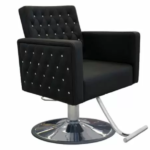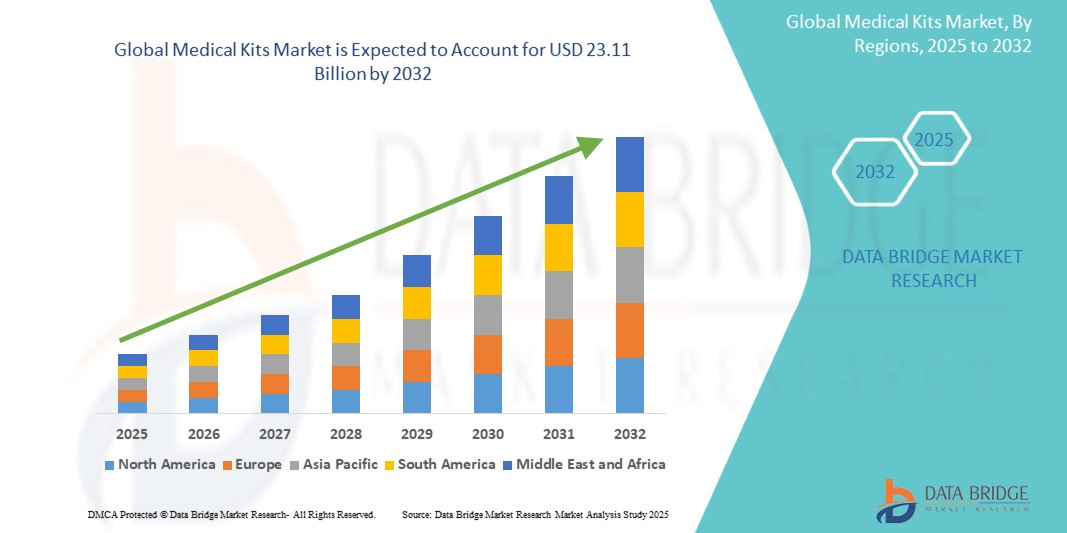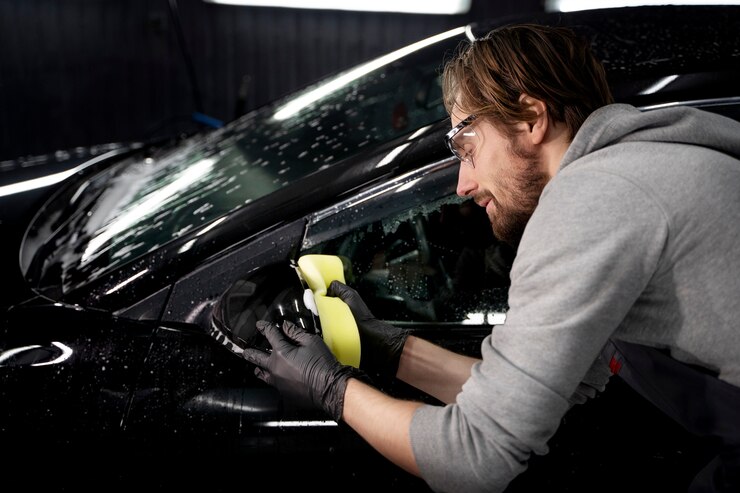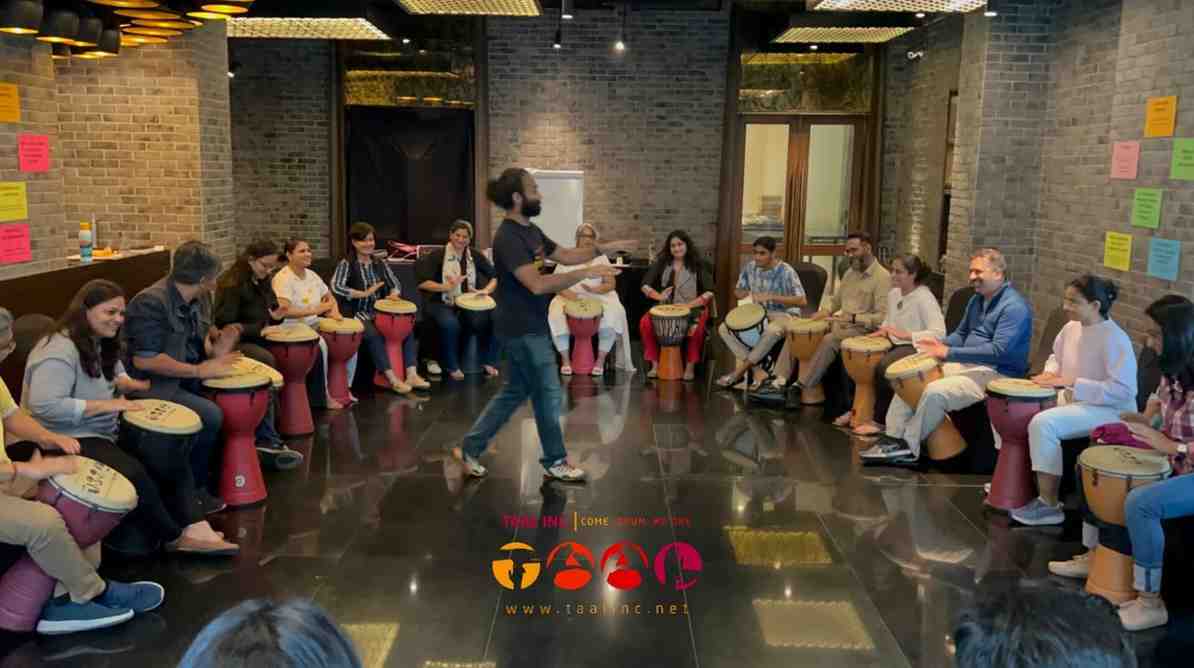Introduction
Medical kits are essential for providing immediate care in emergencies, surgeries, and routine healthcare procedures. They range from simple first aid kits to specialized surgical and diagnostic kits used in hospitals, clinics, and military applications. With advancements in healthcare and growing awareness of emergency preparedness, the demand for high-quality medical kits is increasing globally.
This blog explores the different types of medical kits, their importance, key components, and market trends shaping the industry.
Types of Medical Kits
1. First Aid Kits
- Found in homes, workplaces, vehicles, and public spaces.
- Contain bandages, antiseptics, pain relievers, gauze, and gloves.
- Used for treating minor injuries like cuts, burns, and sprains.
2. Emergency and Trauma Kits
- Designed for paramedics, EMTs, and first responders.
- Contain tourniquets, hemostatic dressings, splints, and airway management tools.
- Used in critical situations like accidents, natural disasters, and combat zones.
3. Surgical Kits
- Used in hospitals, clinics, and field surgeries.
- Include scalpels, forceps, sutures, and sterilization equipment.
- Available in disposable and reusable options.
4. Diagnostic Kits
- Used for detecting diseases and monitoring health conditions.
- Examples: COVID-19 test kits, glucose monitoring kits, pregnancy test kits.
- Essential for point-of-care testing and home healthcare.
5. Military and Tactical Medical Kits
- Designed for battlefield injuries and emergency medical response.
- Contain advanced hemostatic agents, IV supplies, airway tools, and pain management medications.
- Compact and portable for field use.
6. Pediatric and Maternity Kits
- Used for newborn care, deliveries, and maternal health.
- Include neonatal resuscitation kits, umbilical cord clamps, and obstetric tools.
- Distributed in hospitals, birthing centers, and humanitarian aid programs.
7. Travel and Wilderness Medical Kits
- Designed for travelers, hikers, and outdoor adventurers.
- Contain insect repellents, altitude sickness medication, wound care supplies, and snake bite kits.
- Compact, lightweight, and weather-resistant.
8. Customized and Specialized Medical Kits
- Tailored for specific medical conditions like diabetes, asthma, or cardiac emergencies.
- Used by individuals requiring regular medical interventions.
- Often include digital monitoring devices and emergency medications.
Key Components of Medical Kits
Medical kits vary depending on their purpose, but some common components include:
- Bandages and Dressings – Gauze pads, adhesive bandages, and elastic wraps.
- Antiseptics and Disinfectants – Alcohol wipes, iodine, hydrogen peroxide.
- Pain Relievers and Medications – Ibuprofen, acetaminophen, aspirin, antihistamines.
- Medical Tools – Scissors, tweezers, thermometers, syringes.
- Airway and Breathing Equipment – Face masks, CPR shields, oxygen masks.
- Splints and Immobilization Devices – Finger splints, cervical collars.
- Gloves and PPE – Nitrile gloves, face shields, gowns.
- Emergency Items – Tourniquets, hemostatic gauze, eye wash solutions.
Importance of Medical Kits
1. Immediate Emergency Response
- Quick access to medical supplies can prevent complications.
- Essential for disaster relief, accidents, and sudden illnesses.
2. Reduces Healthcare Costs
- Early intervention reduces hospital visits and medical expenses.
- Minimizes the need for advanced medical treatments.
3. Workplace and Public Safety
- Required in offices, schools, public transport, and event venues.
- Ensures compliance with health and safety regulations.
4. Disaster and Crisis Preparedness
- Crucial for natural disasters, pandemics, and war zones.
- Helps in humanitarian aid and refugee healthcare.
5. Convenience in Remote Areas
- Necessary for rural healthcare, expeditions, and space missions.
- Provides healthcare access where medical facilities are limited.
Market Trends and Growth Factors
1. Increasing Demand for Home Healthcare Kits
- Growing preference for self-care and telemedicine solutions.
- Rise in chronic diseases like diabetes, hypertension, and respiratory illnesses.
2. Technological Advancements in Diagnostic Kits
- AI-powered and digital monitoring devices integrated into medical kits.
- Expansion of rapid testing solutions for infectious diseases.
3. Growth in Military and Tactical Medical Kits
- Rising defense budgets and focus on combat medical preparedness.
- Enhanced battlefield trauma care solutions.
4. Expansion of E-Commerce and Online Sales
- Availability of customized medical kits on online platforms.
- Increased consumer awareness and accessibility.
5. Regulatory Compliance and Standardization
- Stringent government regulations for medical kit manufacturing.
- Adoption of ISO standards for medical devices and first aid kits.
6. Sustainability and Eco-Friendly Medical Kits
- Use of biodegradable bandages and recyclable packaging.
- Shift towards reusable medical instruments and sustainable materials.
Challenges in the Medical Kit Industry
1. Counterfeit and Substandard Products
- Risk of low-quality kits in unregulated markets.
- Need for strict quality control measures.
2. High Cost of Advanced Kits
- Specialized and high-tech kits can be expensive.
- Limited affordability in low-income regions.
3. Supply Chain Disruptions
- Impact of pandemics, geopolitical conflicts, and natural disasters.
- Shortages of essential medical supplies.
4. Regulatory Barriers
- Compliance with different country-specific medical device regulations.
- Need for certifications like FDA, CE, and ISO.
Source: https://www.databridgemarketresearch.com/reports/global-medical-kits-market
Future Outlook of Medical Kits
The medical kit industry is expected to grow steadily, driven by advancements in portable diagnostics, rising healthcare awareness, and increased demand for emergency preparedness. Innovations such as AI-driven first aid kits, smart medical devices, and sustainable packaging solutions will shape the future of medical kits.
Conclusion
Medical kits are an essential part of healthcare, ensuring quick response and effective treatment in emergencies, surgeries, and home care. With evolving medical technology and increasing global health awareness, the demand for reliable and high-quality medical kits will continue to rise. Businesses and healthcare providers should focus on innovation, quality assurance, and sustainability to meet the growing needs of the market.










